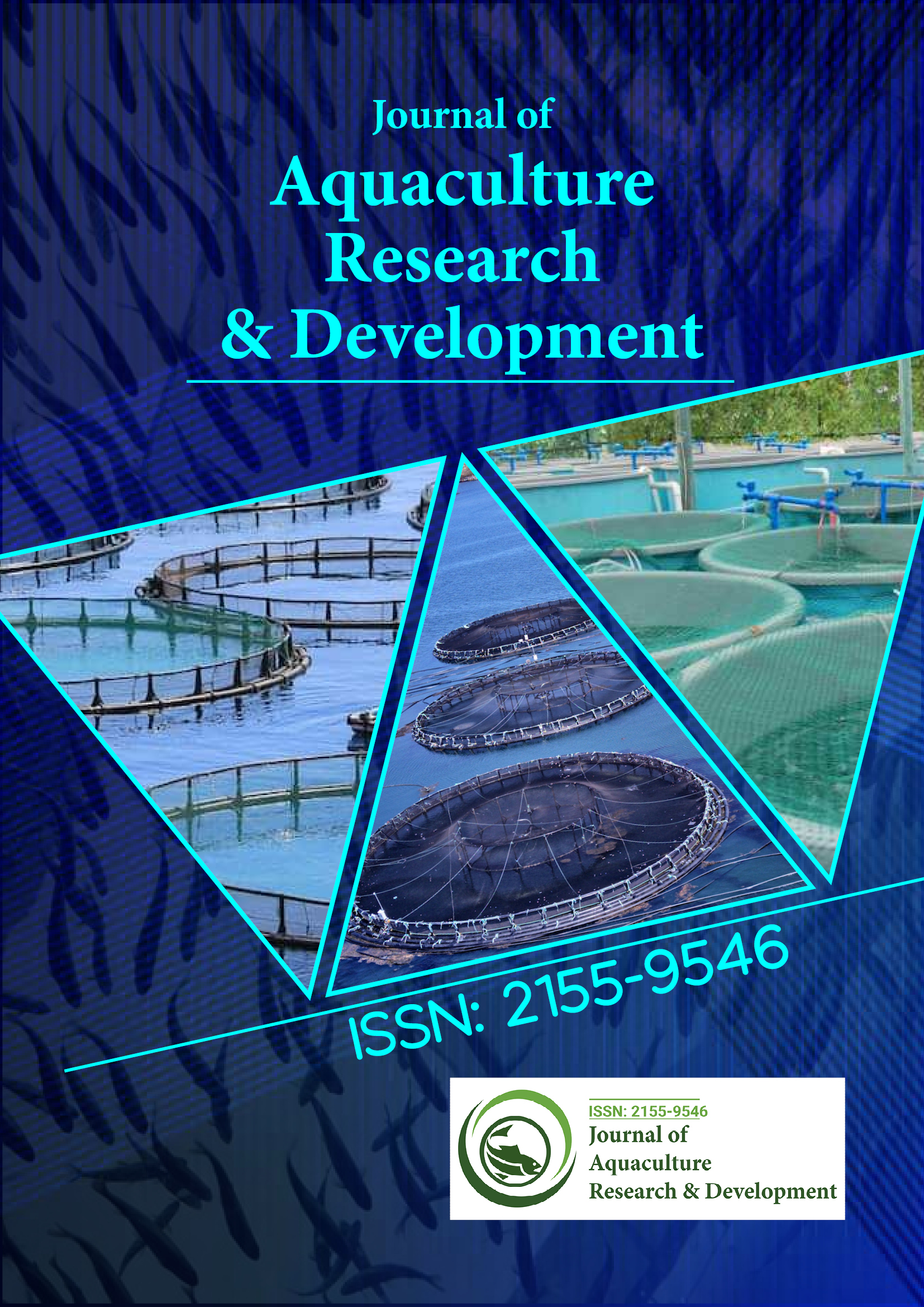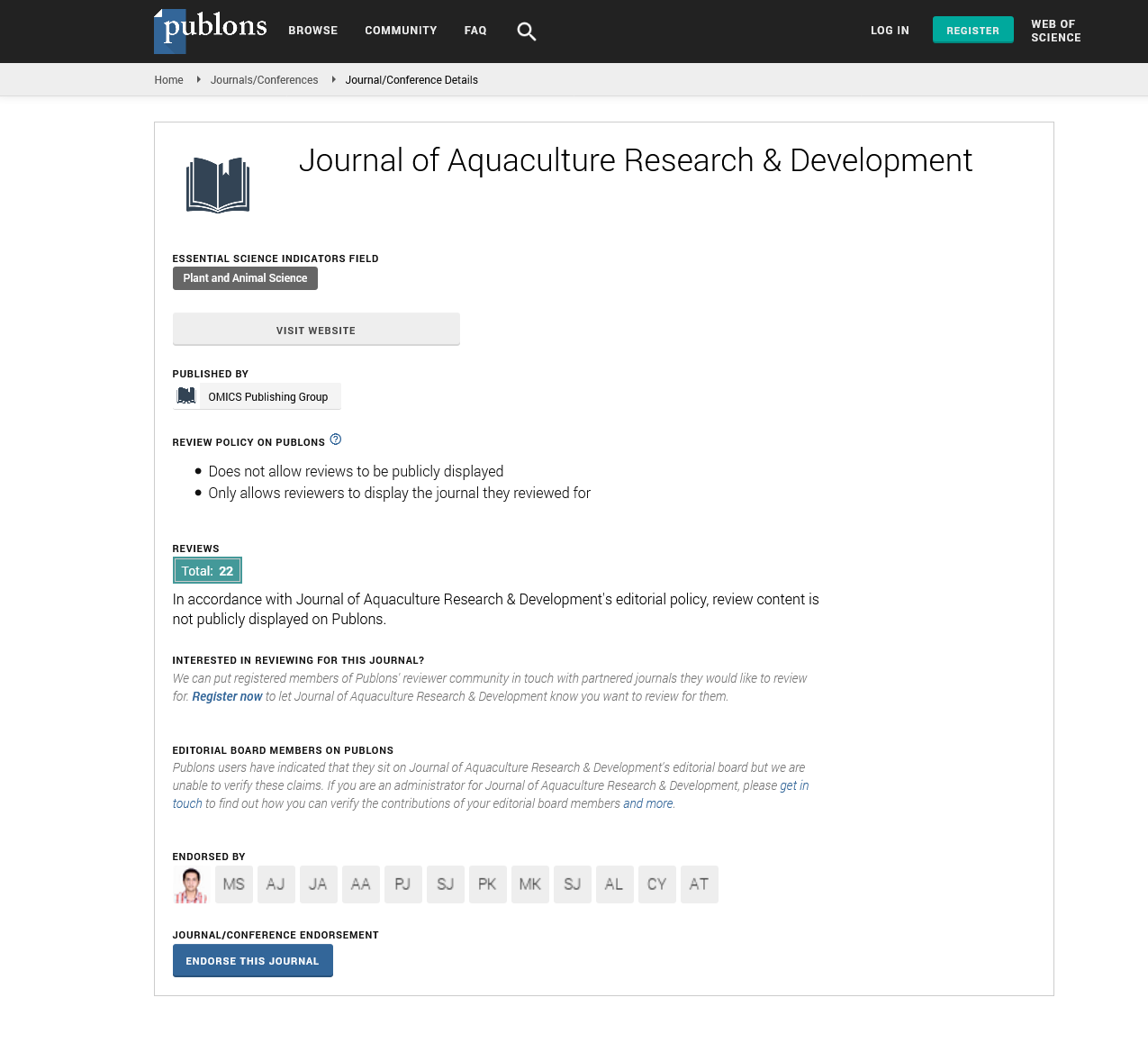Indexed In
- Online Access to Research in the Environment (OARE)
- Open J Gate
- Genamics JournalSeek
- JournalTOCs
- Scimago
- Ulrich's Periodicals Directory
- Access to Global Online Research in Agriculture (AGORA)
- Electronic Journals Library
- Centre for Agriculture and Biosciences International (CABI)
- RefSeek
- Directory of Research Journal Indexing (DRJI)
- Hamdard University
- EBSCO A-Z
- OCLC- WorldCat
- Scholarsteer
- SWB online catalog
- Virtual Library of Biology (vifabio)
- Publons
- MIAR
- University Grants Commission
- Euro Pub
- Google Scholar
Useful Links
Share This Page
Journal Flyer

Open Access Journals
- Agri and Aquaculture
- Biochemistry
- Bioinformatics & Systems Biology
- Business & Management
- Chemistry
- Clinical Sciences
- Engineering
- Food & Nutrition
- General Science
- Genetics & Molecular Biology
- Immunology & Microbiology
- Medical Sciences
- Neuroscience & Psychology
- Nursing & Health Care
- Pharmaceutical Sciences
Commentary - (2024) Volume 15, Issue 4
Role of Noise Pollution in the Management of Sustainable Development
Yuan Hamidoghli*Received: 02-Apr-2024, Manuscript No. JARD-24-25692; Editor assigned: 05-Apr-2024, Pre QC No. JARD-24-25692 (PQ); Reviewed: 19-Apr-2024, QC No. JARD-24-25692; Revised: 26-Apr-2024, Manuscript No. JARD-24-25692 (R); Published: 03-May-2024, DOI: 10.35248/2155-9546.24.15.864
Description
Aquaculture, the cultivation of aquatic organisms such as fish, crustaceans, mollusks, and aquatic plants, has become a significant part of the global food supply. It is often touted as a sustainable alternative to wild fisheries, which are increasingly under pressure from overfishing and environmental changes. However, like any other industry, aquaculture is not without its environmental impacts. One of the lesser-discussed but significant issues is noise pollution. This article explores the sources, effects, and potential solutions to noise generated by aquaculture operations. Noise pollution in aquaculture arises from various sources, including mechanical equipment, feeding systems, transportation vehicles, and human activities. These noises can be continuous, such as the hum of aerators and pumps, or intermittent, such as the clatter of feeding machinery and transport vehicles. Essential for maintaining water quality and oxygen levels, these devices produce a continuous hum that can contribute significantly to the noise levels in and around aquaculture facilities.
Automated feeding systems, which distribute feed to fish or shellfish, generate noise intermittently. The mechanical components and the impact of feed pellets on the water surface or structures can be loud. Vehicles used for transporting feed, equipment, and harvested products add to the noise pollution. The loading and unloading processes are particularly noisy. Building new facilities or maintaining existing ones involves heavy machinery and construction activities, which are major sources of noise. Day-to-day operations and management activities by workers also contribute to the overall noise levels. The impact of noise pollution from aquaculture operations can be profound, affecting both aquatic and terrestrial life, as well as human communities. Many aquatic organisms rely on sound for communication, navigation, and predator avoidance. Noise pollution can interfere with these behaviors, leading to increased stress and altered patterns of movement and feeding.
Prolonged exposure to noise can cause physiological stress in fish and other aquatic animals, potentially affecting growth rates, reproduction, and overall health. Just as loud noises can damage human hearing, excessive noise can also harm the auditory systems of fish and marine mammals, impairing their ability to detect important environmental sounds. In extreme cases, noise pollution can cause aquatic animals to abandon their habitats, leading to disruptions in local ecosystems and affecting biodiversity. Noise from aquaculture facilities can extend to surrounding terrestrial environments, disturbing local wildlife. Birds and mammals, for instance, may be forced to relocate, leading to changes in local biodiversity. Continuous noise can interfere with the mating calls of birds and other animals, potentially reducing reproductive success.
Continuous exposure to loud noise can lead to hearing loss, increased stress levels, and sleep disturbances for workers and nearby residents. Persistent noise can reduce the quality of life for people living near aquaculture operations, leading to potential conflicts between communities and aquaculture operators. Addressing noise pollution in aquaculture requires a multifaceted approach that involves technological innovations, improved management practices, and regulatory measures.
Developing and using quieter machinery, such as low-noise pumps and aerators, can significantly reduce the noise levels in aquaculture facilities. Innovations in design and materials can help achieve this goal. Installing acoustic barriers or baffles around noisy equipment can help contain and reduce the spread of noise. These barriers can be made from sound-absorbing materials and strategically placed to shield sensitive areas. Technologies such as bubble curtains can help dampen underwater noise. These systems create a barrier of bubbles that absorb and scatter sound waves, reducing their impact on aquatic life.
Scheduling noisy operations during times when they will have the least impact on both aquatic and terrestrial life can help mitigate noise pollution. For example, feeding activities could be timed to avoid periods of peak animal activity. Keeping machinery and equipment in good working order can prevent excessive noise caused by wear and tear. Regular maintenance and timely repairs are essential. Training staff to be aware of the impacts of noise and to use equipment in a way that minimizes noise can also help. This includes simple measures like reducing unnecessary idling of engines and using quieter tools.
Citation: Hamidoghli Y (2024) Role of Noise Pollution in the Management of Sustainable Development. J Aquac Res Dev. 15:864.
Copyright: © 2024 Hamidoghli Y. This is an open-access article distributed under the terms of the Creative Commons Attribution License, which permits unrestricted use, distribution, and reproduction in any medium, provided the original author and source are credited.

